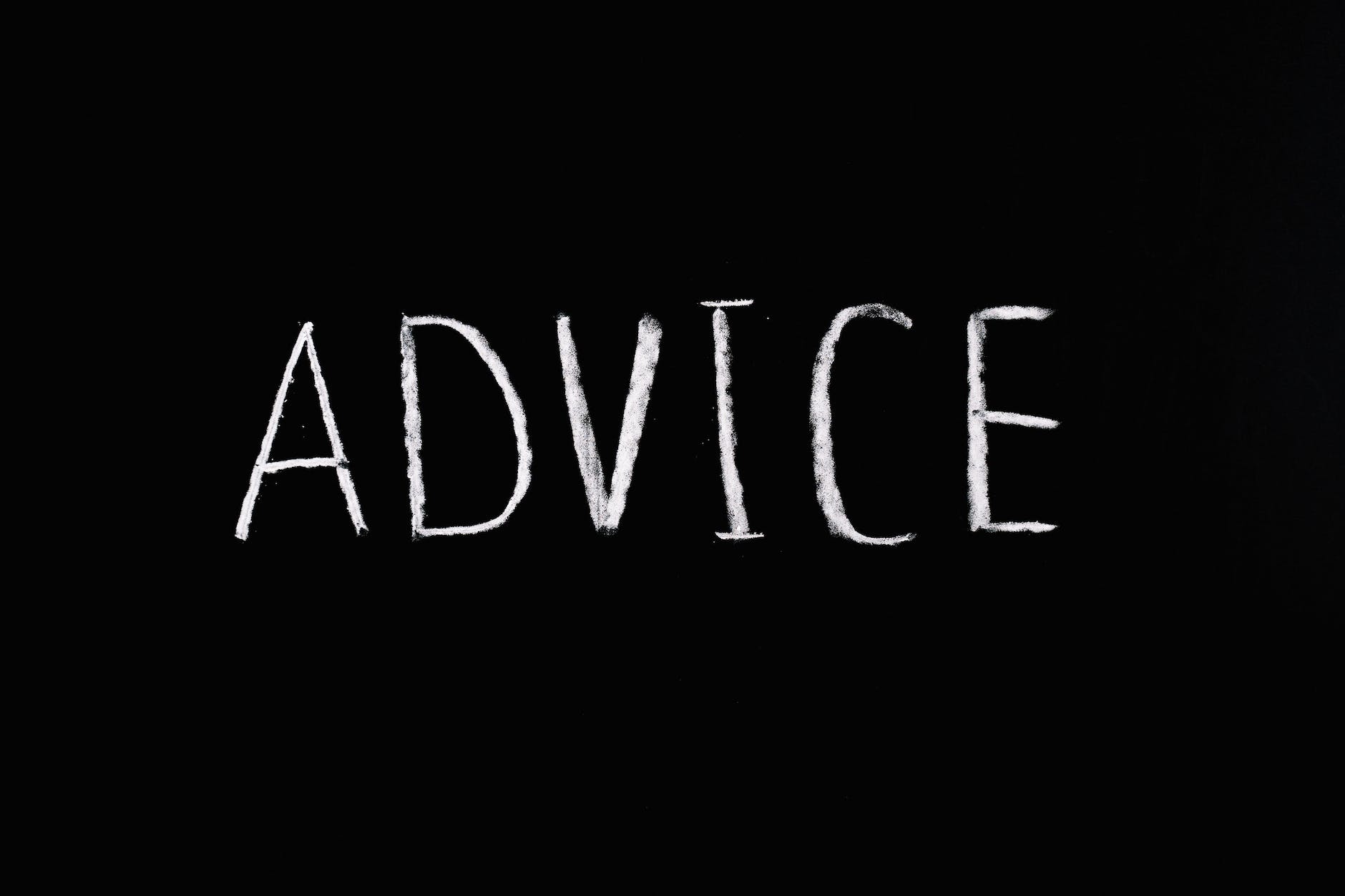New Year is often a time of reflection, making plans, and setting goals. I have some suggestions about this process, having read extensively about goal-setting and habit formation.
Reviewing where you are
Describing where you are now is the first step in determining where to go next. Self-assessment is not straightforward. Where to start? What to benchmark against? I suggest:
- First, derive some categories. This can be done by:
- The various ‘roles’ you have: friend, mother, brother, doctor, volunteer etc.
- Or, in more conceptual ‘domains’: professional, family, physical, mental, spiritual, friendship, etc.
- For each, answer: “How would the person I want to be think / feel / do?”
- Then, consider how close you are to the person you want to be.
- Write to help you think
- Consider writing:
- One thing to start doing
- One thing to continue doing
- One thing to stop doing
- Other questions:
- Which domains/roles have I neglected in favour of others? To what extent was this intentional?
- What went well? And, even better if…? (‘WWW & EBI’)
This exercise will give you a relatively short-term description of where you are compared to the person you would like to be. It is a separate, but important, question as to where this ‘person’ has come from. Think carefully if it is truly the person you would like to be and not the person other people would like you to be.
An alternative is to compare yourself to the person you were 1/5/10 years ago. If you have previously been through an exercise like this then use those notes. Otherwise, it may be challenging to not be affected by retrospective/hindsight bias.
It is generally not advisable to benchmark yourself against other people. Everyone has problems. [One exception to benchmarking against ‘externals’ is if there is a specific target that is of high relevance e.g. nationals qualifying time for 5000m.]
Also think about the big picture. Useful questions:
- What am I doing (on a weekly basis) that will matter in 10 years time?
- In 5 years time, what will you wish you had spent time on this year? [Or, will my current actions get me to where I want to be in 5 years?]
- What is most important to me? (e.g. making a contribution, nurturing my family, supporting those less fortunate.) How does my energy investment align with that?
Planning for the future
Making plans, setting goals, or creating ‘resolutions’ may follow the above but should be a separate process. The above self-reflection gives a broad idea of areas you may want to develop but these should not automatically be translated into goals.
Boring, but important, repetition:
- You cannot control external factors. Life is not always fair and is random.
- You can always choose how to respond to a situation.
- Not all things matter equally.
- Focus on one thing at a time.
- Very few older people regret spending more time with loved ones.
First, you need to distinguish ‘goals’ from ‘dreams’. According to Prof. Steve Peters:
- Goal = under your control
- Dream = influenced by external factors
It is OK to set yourself a dream (e.g. “I want to come first in a 10km race.”) but you must be prepared to deal with failure. There might be a world-class athlete running. Someone could trip you up. However, the dream can be broken down into goals, for example:
- Do at least three runs per week
- Do one speed session each week
- Run two 5km races before the 10km
These are all under your control.
Dreams/goals can also be process driven (e.g. spend 15 minutes playing piano every day), ‘ongoing’ (e.g. be a lighter/sillier parent), or end outcomes (e.g. pass grade 6 piano exam).
Steps in setting goals:
- Use the above self-reflection/idea generation to derive 5-10 dreams (or goals)
- Think big. Ambitious (but realistic) goals are more motivating.
- Go niche. Focused, specialist skills and traits are valuable. They are also easier to articulate into clear goals.
- A year is not necessarily a good timescale for many targets.
- Think about your answers to the big picture questions. Which of those matter the most in the big picture?
- Eliminate all but three dreams/goals. Try to have a mixture of end outcomes and ongoing goals.
- Identify the one that will have the disproportionately largest impact on your life over the next 5-10 years. If none will, go back to 1 and start again.
- For that one dream, ask yourself some questions to assess your commitment to it:
- What will it mean to me to complete it?
- Will it matter in 1/5/10 years?
- How will I feel when it gets hard?
- What are the logistical barriers (& supporting factors) to completing?
- What time will I need to invest to complete this dream? What will I need to stop doing in order to achieve it?
- If you feel suitably committed, make this your primary dream/goal.
- Consider having a second ongoing goal
- If it is a dream, break it down into goals, such that when you have completed all the goals you will have the highest probability of completing the dream.
Lastly, I will talk about habit formation in a separate blog but, for now: motivation follows action, not the other way round. You do not necessarily need to be ‘motivated’ to complete your target. You need to be committed to start and make physical action, irrespective of whether you feel like it or not.
Books that have influenced this post:
- Goals by Zig Ziglar
- Awaken the giant within by Tony Robbins
- 168 hours by Laura Vanderkam
- The one thing by Gary Keller
- The happiness project by Gretchen Rubin
- Essentialism by Greg McKeown
- OKRs: measure what matters by John Doerr
- Atomic habits by James Clear
- The subtle art of not giving a f*ck by Mark Mason




